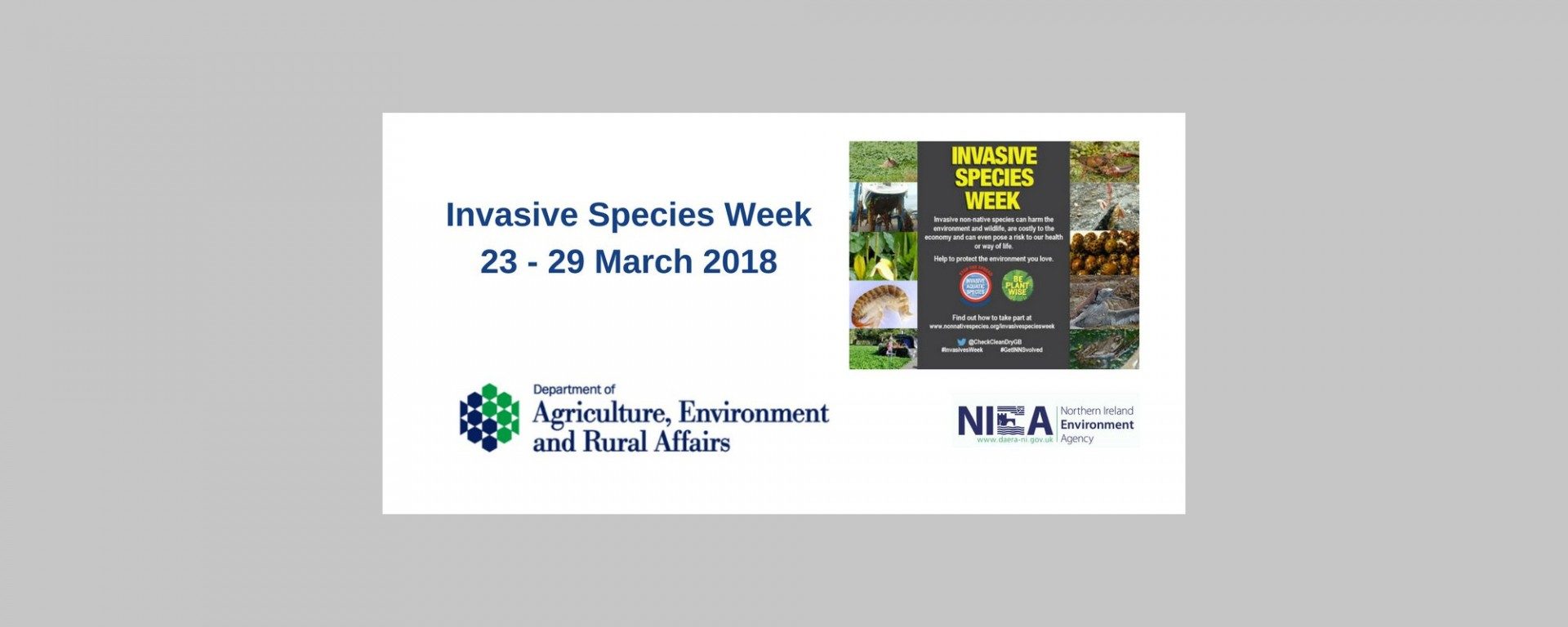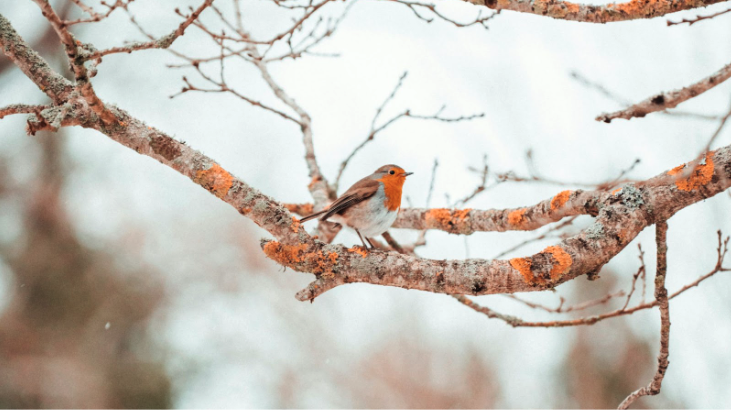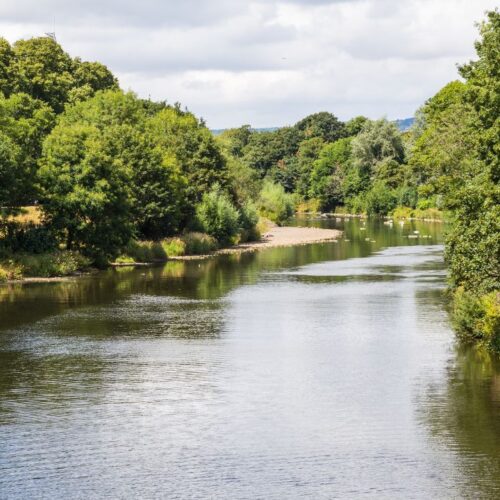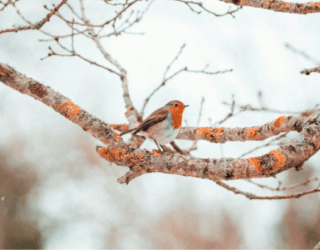This is the first article in a series, written by Thomson Ecology, on behalf of Invasive Species Week. This is an initiative which is being run by the NNSS and Defra to raise awareness of invasive non-native species and inspire people to #GetINNSvolved and stop the spread!
Invasive species, an introduction
TInvasive non-native, non-indigenous, exotic and even alien – these are just some of the terms you may hear used to describe problem species but what do these terms actually mean and what is the big deal? At this stage it is helpful to separate the terms,”invasive non-native” and “non-native.TNon-native species are those that that have been introduced into new areas that have not historically been part of their native range. In the UK the vast majority of non-native species do not cause problems, with many benefiting our economy – these are not invasive. In contrast, invasive non-native species are those that, in addition to being found outside of their natural range, also cause significant economic or environmental harm.
TFor a species to invade successfully it must survive its initial introduction, establish a sustainable population and disperse naturally from the point of introduction. Certain biological traits, including rapid growth, wide habitat and/or dietary preferences, a broad range of physiological tolerances,and short reproductive cycles therefore play keys roles in determining a species’ invasive capacity. Species most commonly spread outside of their non-native range as a result of human activity, often unintentionally.
TAs a result of ever increasing globalisation both people and consumer goods can carry uninvited organisms with them when travelling between countries andcontinents. Ships can translocate aquatic organisms in their ballast water, while smaller boats may carry non-native species on their propellers. Insects can find their way into wooden pallets whilst larger organisms can get into crates. Some ornamental plants can escape into the wild and become invasive whilst some invasive species are intentionally or accidentally released pets. Some invasive non-native species are also released intentionally as a means of pest control or for agriculture purposes.
TGlobally, high profile introductions of invasive non-native species include Burmese python and snakehead fish to the Florida Everglades, cane toad and European Rabbit to Australia and lionfish to the Western Atlantic Ocean. In the UK the introduction of North American signal crayfish and grey squirrel has had disastrous consequences for their native equivalents whilst various invasive non-native plant species pose threats to wildlife, buildings, infrastructure and even human health. In the UK non-native species not only pose a significant threat to native wildlife but also cost our economy at least £1.7 billion per year.
TIn view of this substantial issue, and as part of Invasive Species Week, staff at Thomson Ecology will be examining the impacts of certain non-native species in detail and discussing what you can do to prevent their spread.
TDr Shaun Plenty, Senior Aquatic Consultant, Thomson Ecology











